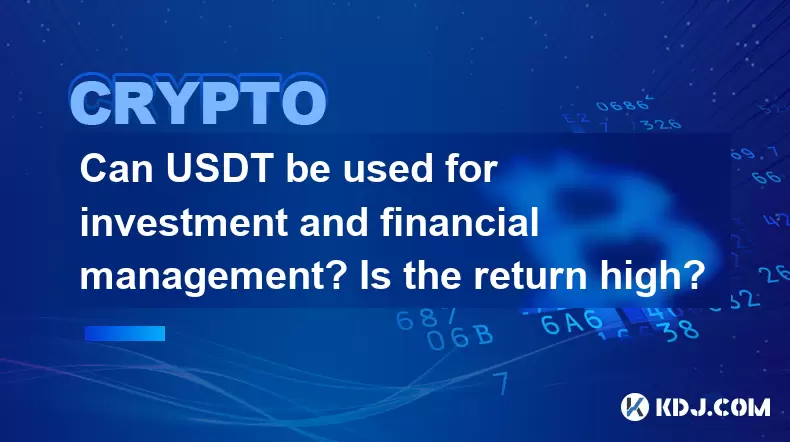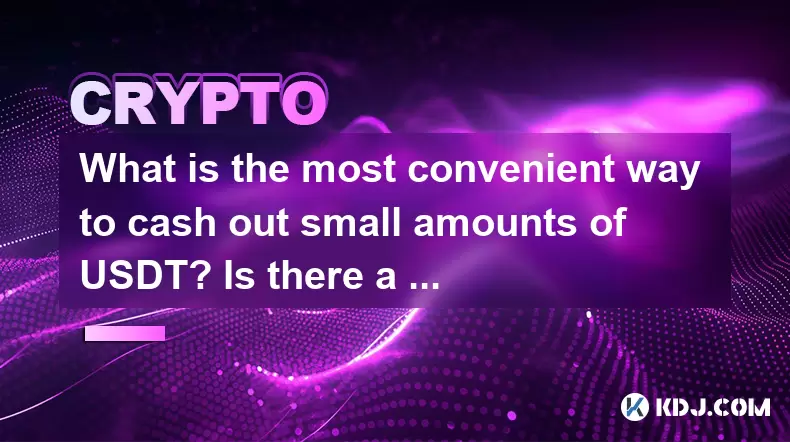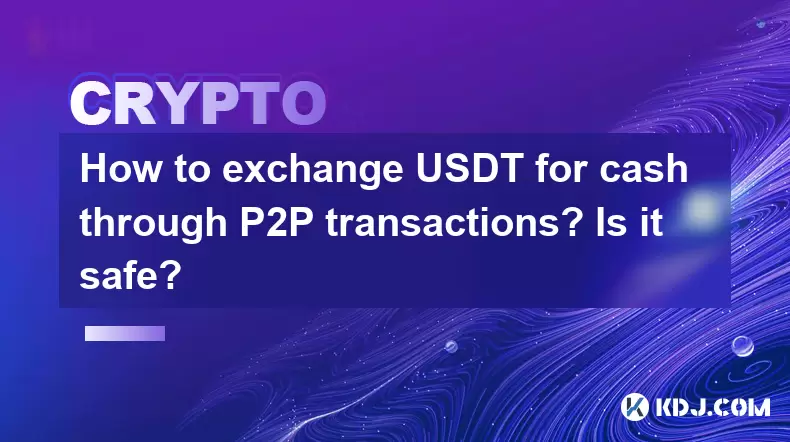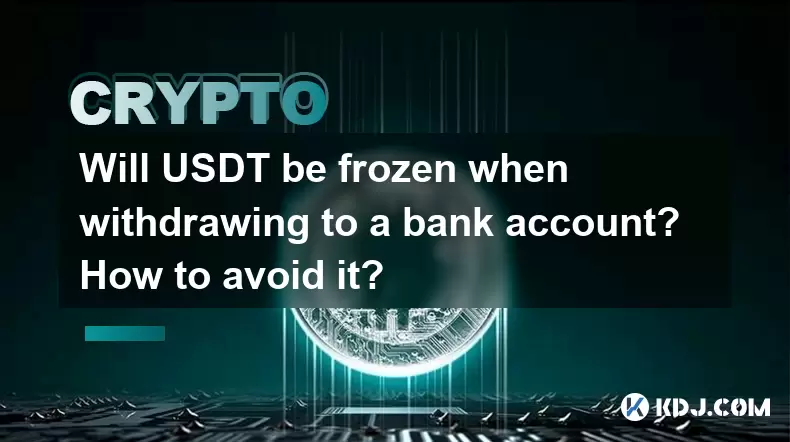-
 Bitcoin
Bitcoin $116900
0.00% -
 Ethereum
Ethereum $4280
5.48% -
 XRP
XRP $3.265
-1.45% -
 Tether USDt
Tether USDt $1.000
-0.01% -
 BNB
BNB $807.0
1.41% -
 Solana
Solana $183.1
2.93% -
 USDC
USDC $0.9999
0.00% -
 Dogecoin
Dogecoin $0.2440
6.50% -
 TRON
TRON $0.3357
-0.88% -
 Cardano
Cardano $0.8178
2.63% -
 Hyperliquid
Hyperliquid $44.13
7.45% -
 Chainlink
Chainlink $21.39
9.09% -
 Stellar
Stellar $0.4524
-0.84% -
 Sui
Sui $3.957
2.13% -
 Bitcoin Cash
Bitcoin Cash $572.7
-2.54% -
 Hedera
Hedera $0.2671
1.54% -
 Avalanche
Avalanche $24.77
4.17% -
 Ethena USDe
Ethena USDe $1.001
0.02% -
 Litecoin
Litecoin $122.3
-1.94% -
 Toncoin
Toncoin $3.432
2.26% -
 UNUS SED LEO
UNUS SED LEO $9.007
0.49% -
 Shiba Inu
Shiba Inu $0.00001396
5.26% -
 Uniswap
Uniswap $11.09
1.64% -
 Polkadot
Polkadot $4.155
4.57% -
 Dai
Dai $1.000
0.00% -
 Pepe
Pepe $0.00001253
5.11% -
 Cronos
Cronos $0.1588
2.67% -
 Bitget Token
Bitget Token $4.512
0.05% -
 Monero
Monero $275.0
0.64% -
 Ethena
Ethena $0.7527
15.10%
Can USDT be used for investment and financial management? Is the return high?
USDT, pegged to the USD, offers stability for crypto investors, enabling yield farming and staking for returns, and aiding in financial management.
May 10, 2025 at 02:21 pm

USDT, or Tether, is a type of stablecoin that is pegged to the value of the US dollar. It is widely used within the cryptocurrency ecosystem for various purposes, including investment and financial management. In this article, we will explore how USDT can be utilized for investment and financial management, and we will also discuss the potential returns associated with using USDT in these contexts.
Understanding USDT and Its Role in the Cryptocurrency Market
USDT is designed to maintain a stable value, which makes it an attractive option for investors and financial managers looking to mitigate the volatility often associated with other cryptocurrencies. By pegging its value to the US dollar, USDT provides a reliable store of value within the crypto market. This stability is particularly useful for those who wish to hold their funds in a cryptocurrency while minimizing exposure to price fluctuations.
In the cryptocurrency market, USDT serves multiple functions. It is commonly used as a medium of exchange, allowing users to quickly move funds between different cryptocurrency exchanges without the need to convert back to fiat currency. This feature makes USDT an essential tool for traders who need to swiftly navigate the crypto market.
Using USDT for Investment
One of the primary ways to use USDT for investment is through yield farming and staking. These are popular methods within the decentralized finance (DeFi) space, where users can earn returns on their USDT holdings.
Yield Farming: In yield farming, users provide liquidity to DeFi platforms by depositing their USDT into liquidity pools. In return, they receive tokens that represent their share of the pool. These tokens can then be staked to earn additional rewards. The returns from yield farming can vary widely, depending on the platform and the specific pool.
Staking: Staking involves holding USDT in a cryptocurrency wallet to support the operations of a blockchain network. In return, users receive rewards, often in the form of additional USDT or other tokens. Staking can provide a steady, albeit potentially lower, return compared to yield farming.
Using USDT for Financial Management
USDT can also be an effective tool for financial management within the cryptocurrency space. Its stability makes it an ideal choice for those looking to manage their crypto assets more conservatively.
Holding Value: For investors who want to keep their funds in the crypto market but are wary of volatility, holding USDT can be a safe way to preserve value. This can be particularly useful during times of market uncertainty, as USDT's peg to the US dollar offers a degree of protection against market downturns.
Budgeting and Planning: USDT can be used to create a budget within the crypto ecosystem. By converting a portion of their crypto holdings into USDT, investors can set aside funds for future expenses or investments, ensuring that they have a stable reserve to draw upon.
Assessing the Return on USDT Investments
The return on investments using USDT can vary significantly depending on the method chosen. Yield farming and staking can offer higher potential returns, but they also come with increased risk. The returns from these activities are influenced by factors such as the specific DeFi platform, the liquidity pool, and the overall market conditions.
Yield Farming Returns: Returns from yield farming can be quite high, sometimes reaching annual percentage yields (APYs) in the double digits. However, these high returns are often accompanied by high risks, including impermanent loss and smart contract vulnerabilities.
Staking Returns: Staking generally offers lower returns compared to yield farming, with APYs typically ranging from 5% to 15%. While staking is considered less risky than yield farming, it still requires a commitment to hold the USDT in the wallet for a specified period.
Holding Value Returns: Holding USDT as a means of preserving value does not generate any direct returns. However, it can be seen as a form of risk management, protecting the investor from potential losses due to market volatility.
Practical Steps to Start Using USDT for Investment and Financial Management
To start using USDT for investment and financial management, follow these steps:
Acquire USDT: Purchase USDT from a reputable cryptocurrency exchange. Ensure that the exchange supports USDT trading pairs with the cryptocurrencies you already hold.
Set Up a Wallet: Choose a secure wallet that supports USDT. This could be a hardware wallet for maximum security or a software wallet for convenience.
Engage in Yield Farming:
- Research DeFi platforms that offer yield farming opportunities with USDT.
- Deposit your USDT into a liquidity pool on the chosen platform.
- Receive tokens representing your share of the pool and stake them to earn rewards.
Engage in Staking:
- Find a staking platform or cryptocurrency that supports USDT staking.
- Transfer your USDT to the staking wallet.
- Stake your USDT and receive rewards over time.
Use USDT for Financial Management:
- Convert a portion of your crypto holdings into USDT to create a stable reserve.
- Use this USDT reserve for budgeting and planning future expenses or investments.
Frequently Asked Questions
Q1: Is USDT backed by actual USD reserves?
A1: Tether Limited claims that USDT is backed by an equivalent amount of USD held in reserve. However, there have been ongoing debates and concerns about the transparency and accuracy of these reserves. It's important for users to stay informed about the latest developments and audits related to Tether's reserve backing.
Q2: Can USDT be used for international transactions?
A2: Yes, USDT can be used for international transactions. Its stability and widespread acceptance in the cryptocurrency ecosystem make it a convenient option for transferring value across borders without the need for traditional banking systems.
Q3: What are the risks associated with using USDT for investment?
A3: While USDT offers stability, there are still risks involved in using it for investment. These include the risk of de-pegging, where USDT loses its peg to the USD, regulatory risks, and the potential for platform or smart contract failures in yield farming and staking.
Q4: How does USDT compare to other stablecoins for investment and financial management?
A4: USDT is one of the most widely used stablecoins, but there are other options like USDC, DAI, and BUSD. Each has its own advantages and use cases. USDC and BUSD are also pegged to the USD and backed by reserves, while DAI is a decentralized stablecoin. The choice between them may depend on factors such as the specific platforms supported, fees, and the level of trust in the issuing entity.
Disclaimer:info@kdj.com
The information provided is not trading advice. kdj.com does not assume any responsibility for any investments made based on the information provided in this article. Cryptocurrencies are highly volatile and it is highly recommended that you invest with caution after thorough research!
If you believe that the content used on this website infringes your copyright, please contact us immediately (info@kdj.com) and we will delete it promptly.
- XRP Price, Remittix, and Ripple Rivals: A Crypto Cocktail
- 2025-08-10 10:50:16
- Live Crypto Updates, August 10: ETH Soars, Trump's Crypto Play, and More!
- 2025-08-10 11:30:16
- Riding the Wave: Ethereum, DeFi, and the Liquid Staking Derivatives (LSDs) Surge
- 2025-08-10 10:30:15
- Strobe Ventures, ENA Tokens, and the Surge: What's the Deal?
- 2025-08-10 10:35:15
- Shiba Inu, Pepe, and Remittix: A Tale of Memes, Hype, and Real-World Utility
- 2025-08-10 08:30:12
- Ethereum Price, ETH Tokens, Rally Prediction: Is a New All-Time High In Sight?
- 2025-08-10 08:30:12
Related knowledge

How to choose a reliable USDT exchange service provider? How to identify?
Jun 12,2025 at 03:15pm
Understanding the Role of USDT in Cryptocurrency TradingUSDT (Tether) is one of the most widely used stablecoins in the cryptocurrency market. It is d...

What is the most convenient way to cash out small amounts of USDT? Is there a shortcut?
Jun 11,2025 at 11:00pm
Understanding the Need to Cash Out Small USDT AmountsCashing out small amounts of USDT can be a challenge for many crypto users. Traditional methods o...

How to transfer USDT to PayPal or international payment tools?
Jun 15,2025 at 05:28am
Understanding the Basics of USDT and PayPal IntegrationUSDT (Tether) is a stablecoin pegged to the US dollar, offering blockchain-based value transfer...

How to exchange USDT for cash through P2P transactions? Is it safe?
Jun 18,2025 at 07:56am
Understanding USDT and P2P TransactionsTether (USDT) is a stablecoin pegged to the value of the US dollar, making it a popular choice for users who wa...

Will USDT be frozen when withdrawing to a bank account? How to avoid it?
Jun 15,2025 at 10:03am
Understanding USDT Withdrawals and Bank Account Freezing RisksWhen users decide to withdraw USDT (Tether) to a bank account, one of the most common co...

How to avoid risks when exchanging USDT for cash? What are the pitfalls?
Jun 11,2025 at 08:14pm
Understanding the Risks of Exchanging USDT for CashWhen exchanging USDT (Tether) for cash, users must be aware of the potential risks involved. As a s...

How to choose a reliable USDT exchange service provider? How to identify?
Jun 12,2025 at 03:15pm
Understanding the Role of USDT in Cryptocurrency TradingUSDT (Tether) is one of the most widely used stablecoins in the cryptocurrency market. It is d...

What is the most convenient way to cash out small amounts of USDT? Is there a shortcut?
Jun 11,2025 at 11:00pm
Understanding the Need to Cash Out Small USDT AmountsCashing out small amounts of USDT can be a challenge for many crypto users. Traditional methods o...

How to transfer USDT to PayPal or international payment tools?
Jun 15,2025 at 05:28am
Understanding the Basics of USDT and PayPal IntegrationUSDT (Tether) is a stablecoin pegged to the US dollar, offering blockchain-based value transfer...

How to exchange USDT for cash through P2P transactions? Is it safe?
Jun 18,2025 at 07:56am
Understanding USDT and P2P TransactionsTether (USDT) is a stablecoin pegged to the value of the US dollar, making it a popular choice for users who wa...

Will USDT be frozen when withdrawing to a bank account? How to avoid it?
Jun 15,2025 at 10:03am
Understanding USDT Withdrawals and Bank Account Freezing RisksWhen users decide to withdraw USDT (Tether) to a bank account, one of the most common co...

How to avoid risks when exchanging USDT for cash? What are the pitfalls?
Jun 11,2025 at 08:14pm
Understanding the Risks of Exchanging USDT for CashWhen exchanging USDT (Tether) for cash, users must be aware of the potential risks involved. As a s...
See all articles

























































































